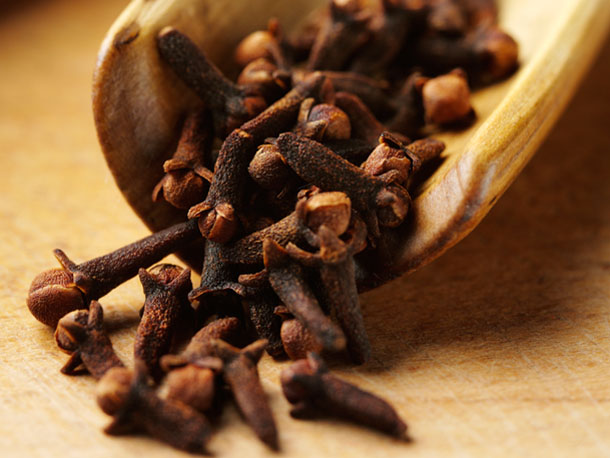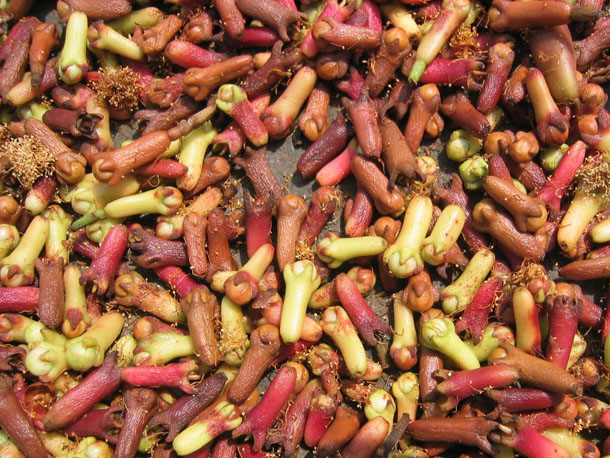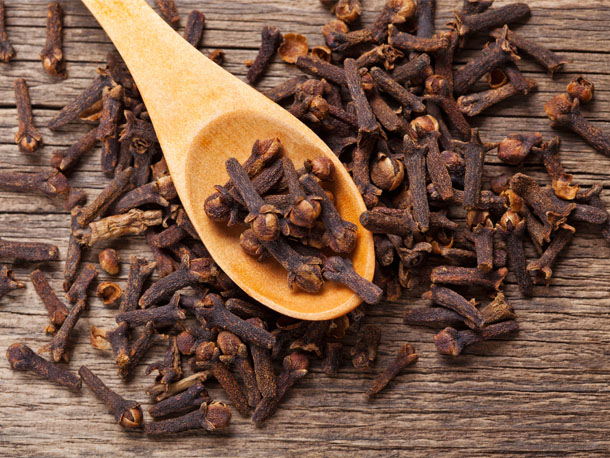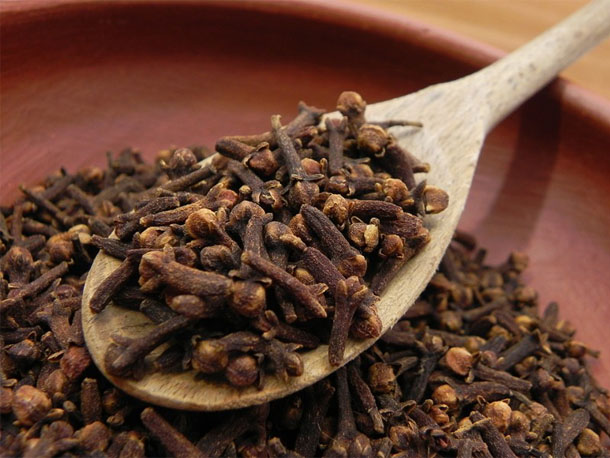Market fundamentals point to further strength in cloves
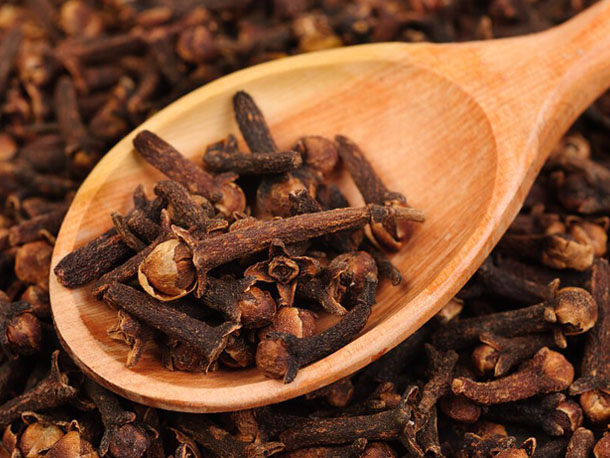
International cloves dealers have highlighted bullish factors that look set to underpin the market in the coming months, which implies a near zero possibility of any significant downward movement in prices.
Various Indian Ocean crops are over, with their volumes reducing in line with rising prices – at least from Madagascar and Zanzibar – notes Emmanuel Nee, of French trader Touton, in a March 31 report.
A very poor Sri Lankan crop had been absorbed by the Indian market, he added.
Brazilian cloves, which were “quite appreciated” this year due to competitive pricing, were also almost not available at origin, particularly for so-called decent qualities suitable for the usual markets.
In the meantime, purchasing schemes Touton had seen from trade and industry in 2013 and early 2014, suggested that inventory levels in consuming countries must be low. Moreover, it was very likely that the same applied to Indonesia, which was a “whole clove market” by itself, Nee added.
Touton has been endeavouring to collect as much information and figures as possible to combine into a statistical forecast model for cloves.
It seemed that the most important figure to study was that of stock ratio, which remained extremely low at less than one month’s consumption in average, which was less than the transit time from origins to consuming countries.
Nee forecast that the stock ratio would have dwindled as low as not even two weeks consumption at the end of September, just before the Madagascar crop size would be known.
He warned that the situation did not look as though it would improve over the next six months, with a global stock position declining gradually to its lowest level by September 2014.
Touton was eagerly looking forward to the opening of Madagascar campaign, which it hopes will be favourable and bring some relief to the market.
Due mainly to weather conditions, crop cycles and the global geo-economic situation, the clove market had much more chance to remain steady and/or move up, than decline to levels most market players were used to seeing during the “good times” of the sector.
Nee also observed that the clove leaf oil price had a close correlation to the clove market price.
Hence, the expected outlook on the cloves side might also apply to the clove leaf oil market.
Bush distillation was very late this year in Madagascar, mainly due to heavy rains in the production areas in the northeast of the island.
The main distillation is due to take place this month for oil available from May to July, sometimes up to mid-August, with a 15-day break in June for the rice crop and Madagascan national day celebrations.
So far, distillation had remained quite slow and the market supply was only dependent on the willingness of oil distillers to move in and collect the oil. Nee noted that they would do this only if the oil gave enough income and until cutting the leaves and small branches out of the trees did not compromise the clove crop.
He felt that distillation would happen soon. But how long it would last and what volumes would come on the market later this year would depend on what was anticipated for the cloves market as a whole, Nee concluded.

